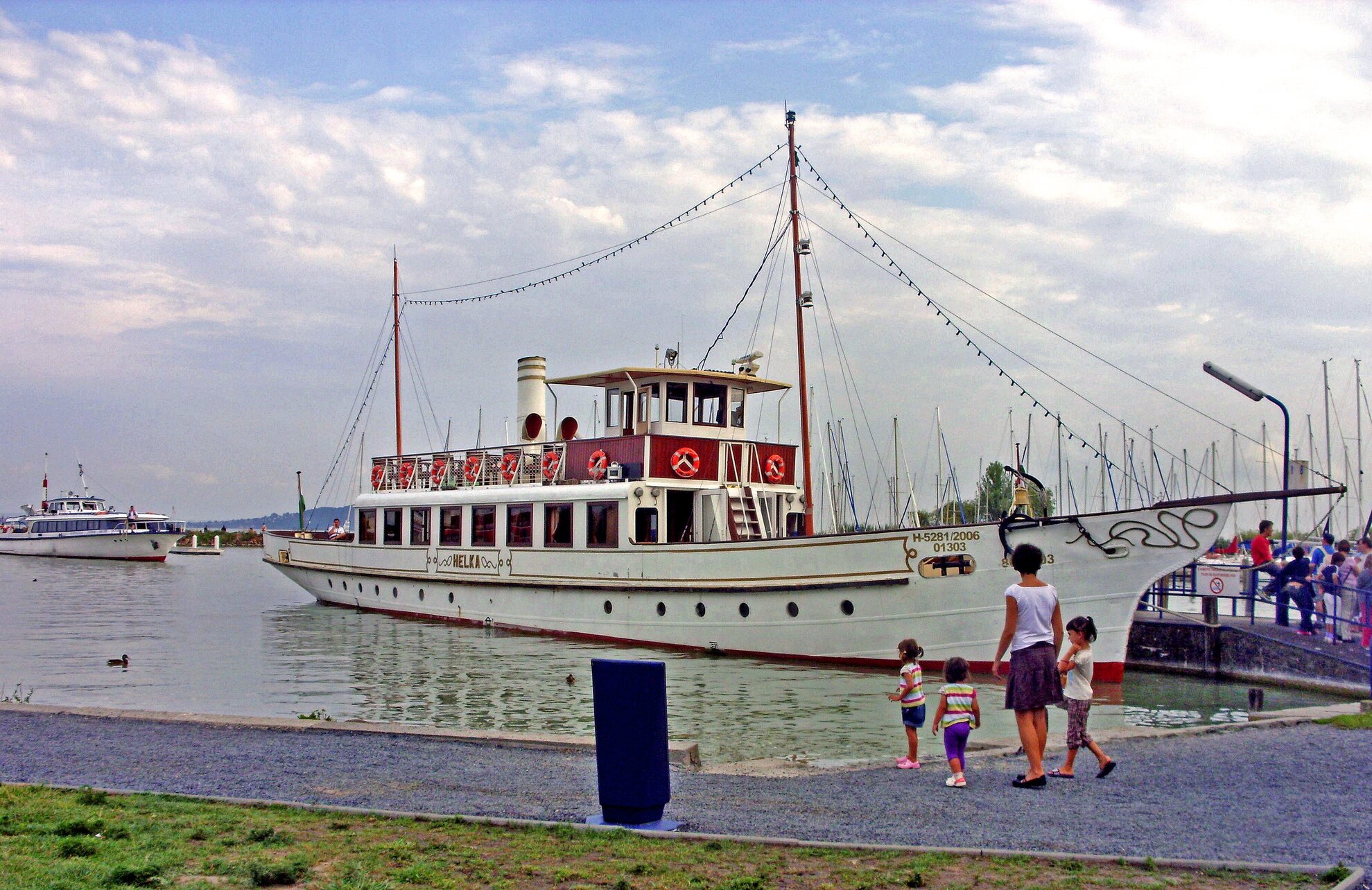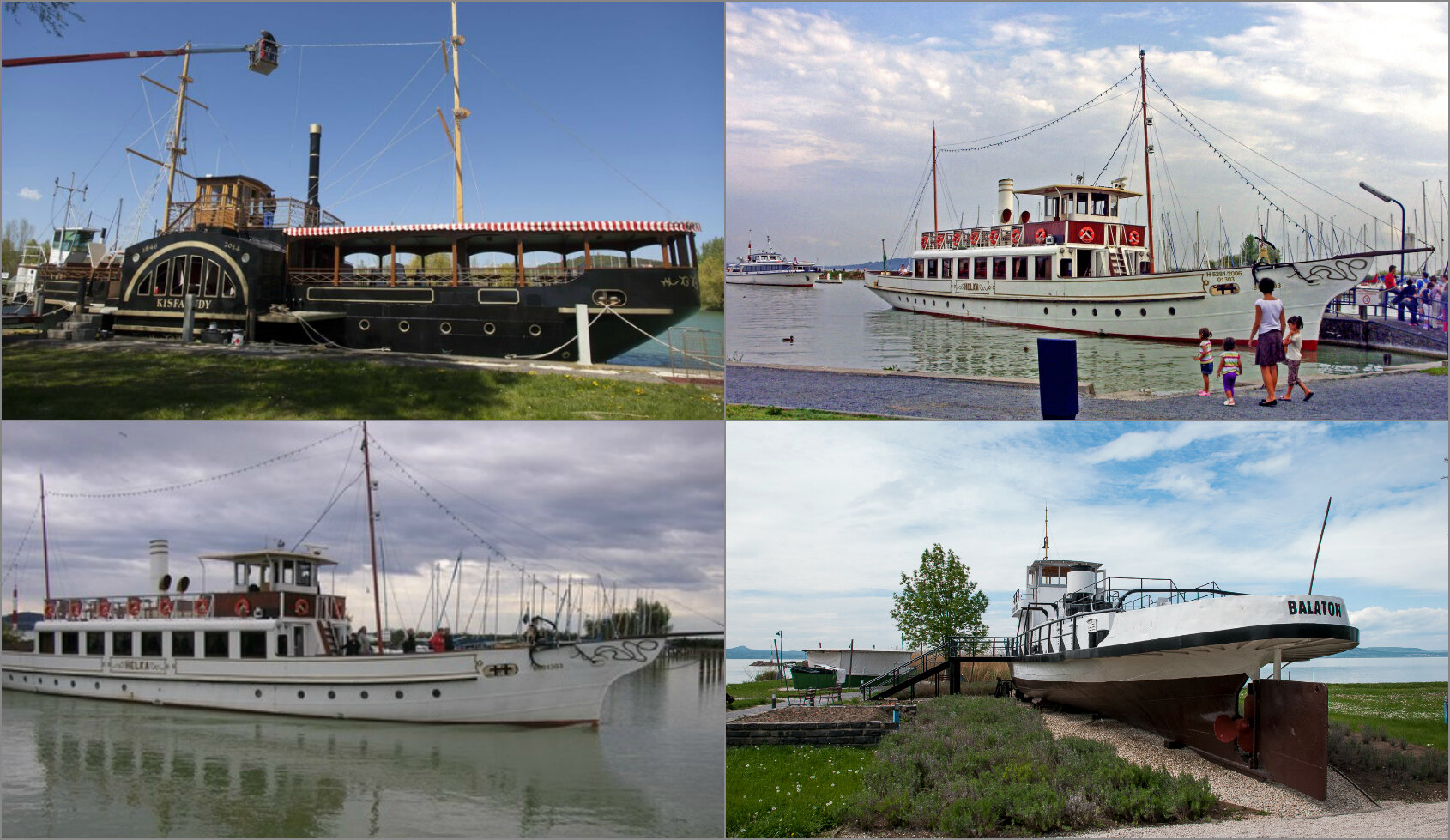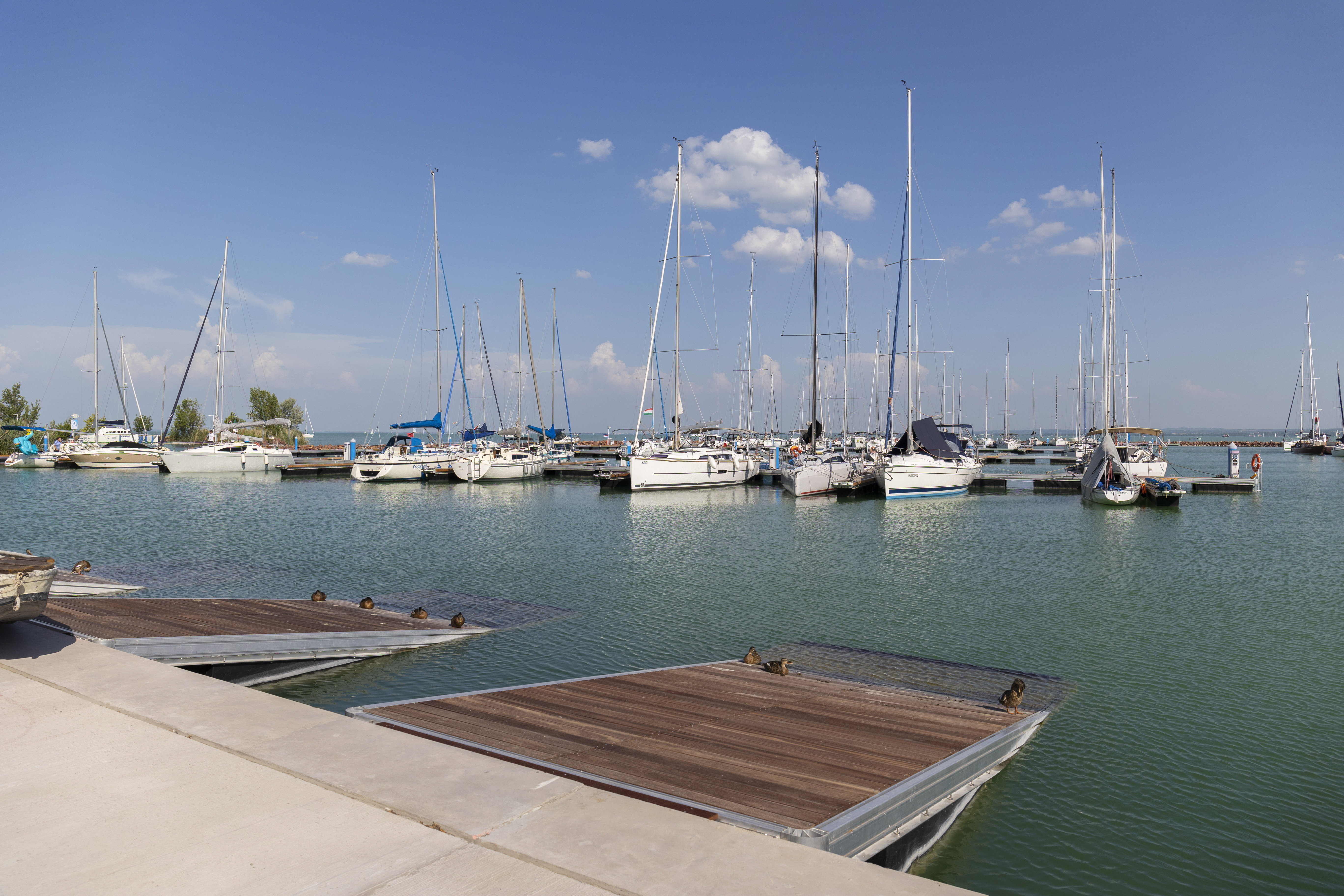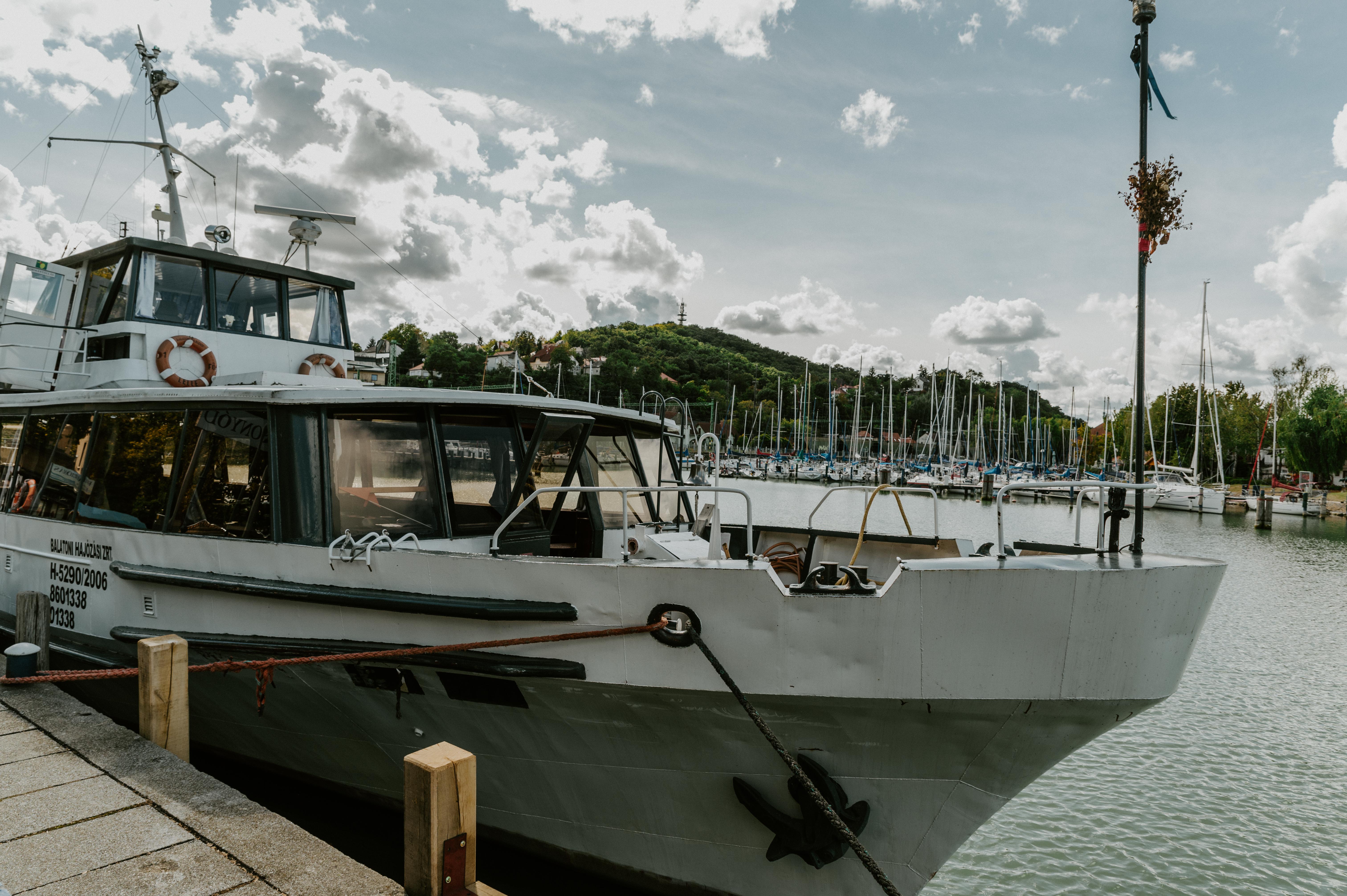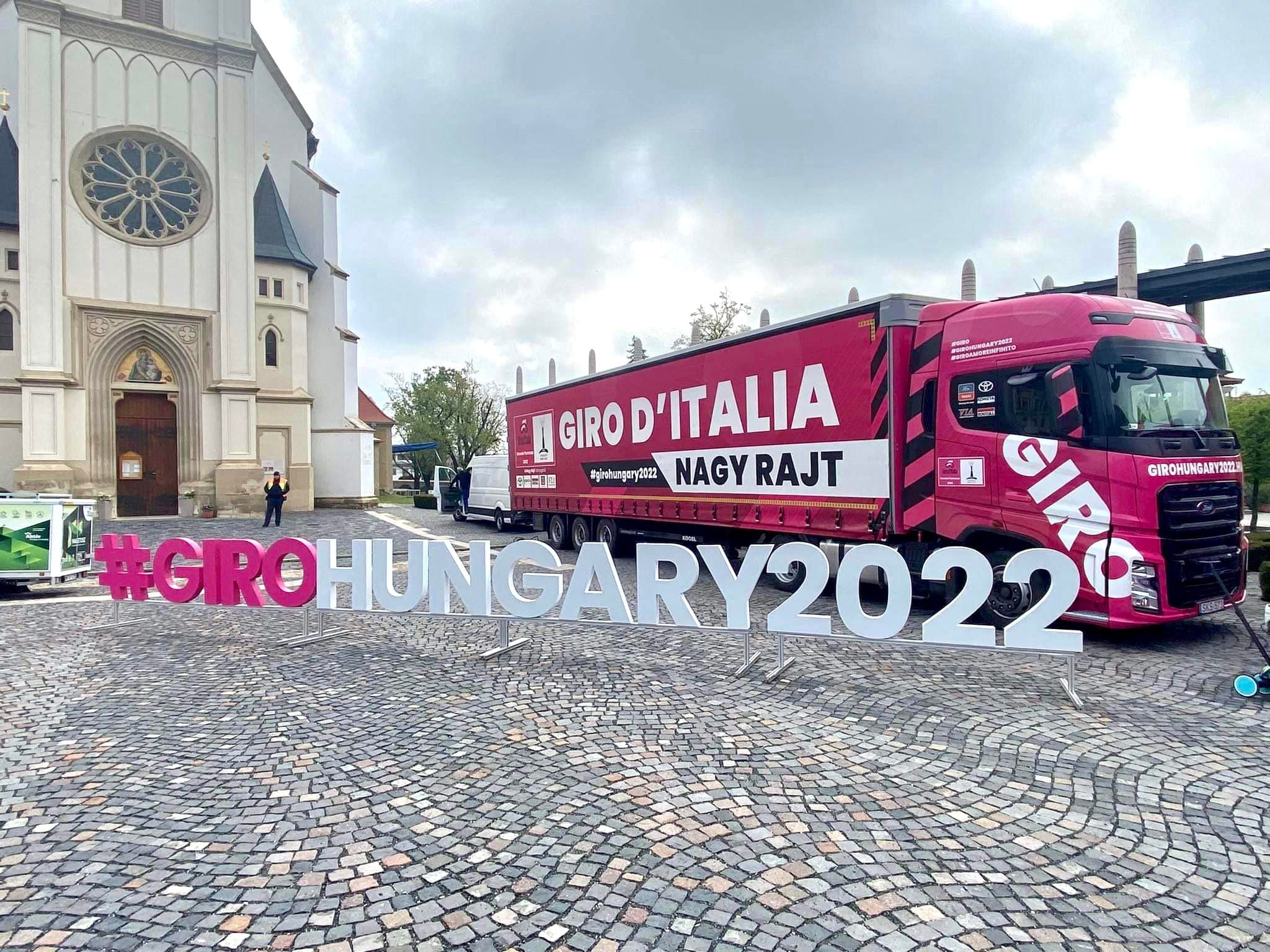The launch of Kisfaludy steamboat had been preceded by years of "but abroad" arguments and references to Lake Geneva and the Adriatic Sea at the beginning of the 1840s. These were conducted mostly on the pages of the papers Pesti Hírlap and Életképek. In one of his bathing letters, statesman Lajos Kossuth complained that were Balaton a bit more to the west, not only sparrows, but boats would also cross it. "How has God cursed this nation?" he asked.
True, at the time, only a few fishing boats floated on Lake Balaton, although the technical requirements were all cleared for passenger boats.
Kisfaludy
In the end, it was Count István Széchenyi who took the case of the first steamer into his hand. The Balatoni Társaság (Balaton Society) was founded, and it issued stocks to finance the construction of the steamboat. The first meeting of the Society was held in December 1845 and the money was all raised by April 1846. The engine for Kisfaludy arrived from London, while the wooden parts were rigged in Balatonfüred.
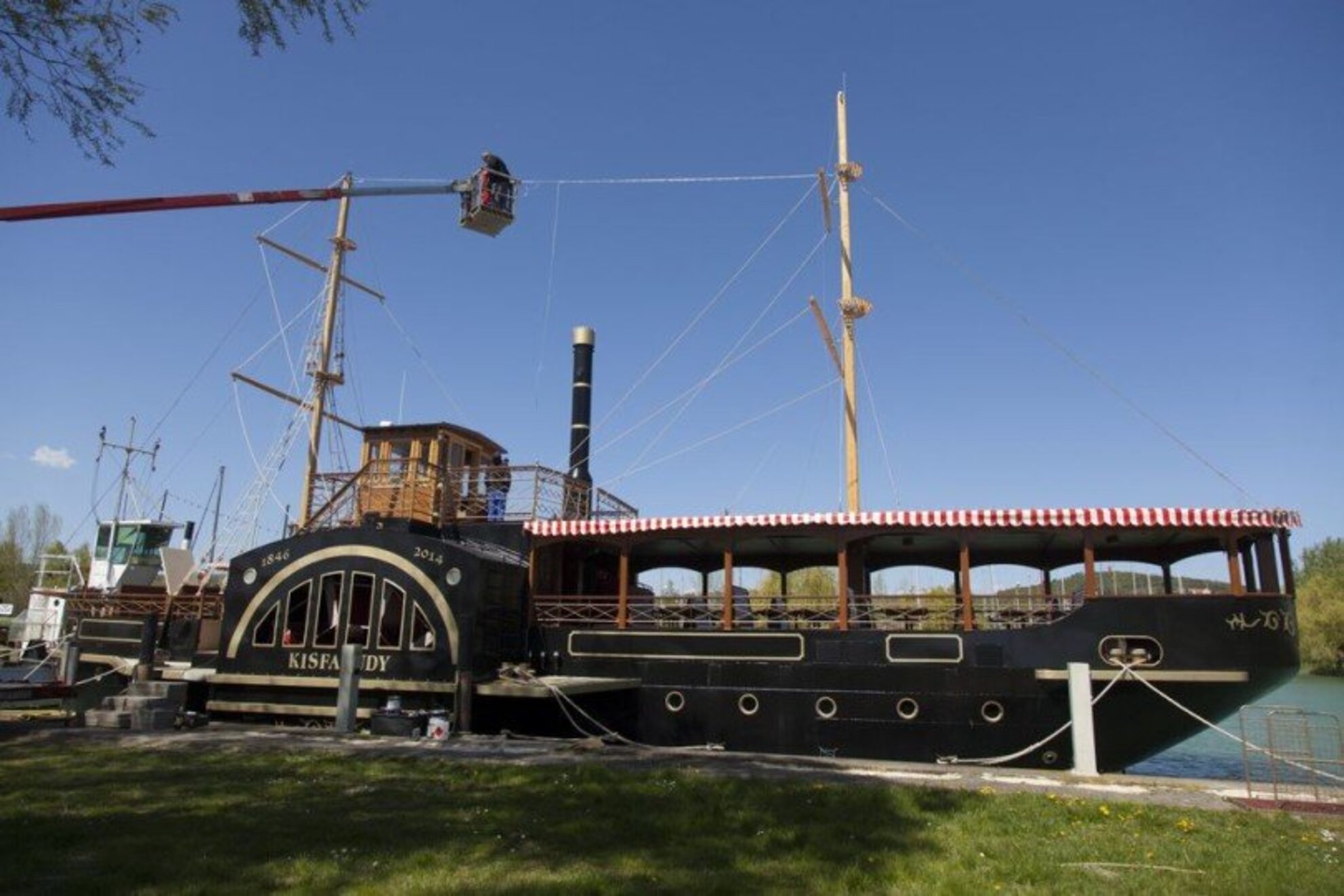
Parallel to this, the construction of Balaton's first marinas also began. Kisfaludy arrived to Balatonkenese among gun shots on its very first test ride on 18 October 1846. The paddle steamer had a capacity of 300 people and transported guests from Keszthely, Kenese and Alsóörs to Füred at first. Though it was upgraded to an iron hull in 1869, it only served until 1887. Last year, Kisfaludy was reborn from its ashes - that is, it was rebuilt using some of its original components and now serves as a pleasure boat in Füred.
Balaton Csavargőzös
Balaton Csavargőzös in Balatonboglár's marina is no longer operable, but it hosts an exciting interactive exhibition of the history of Balaton's shipping, open from April to September.
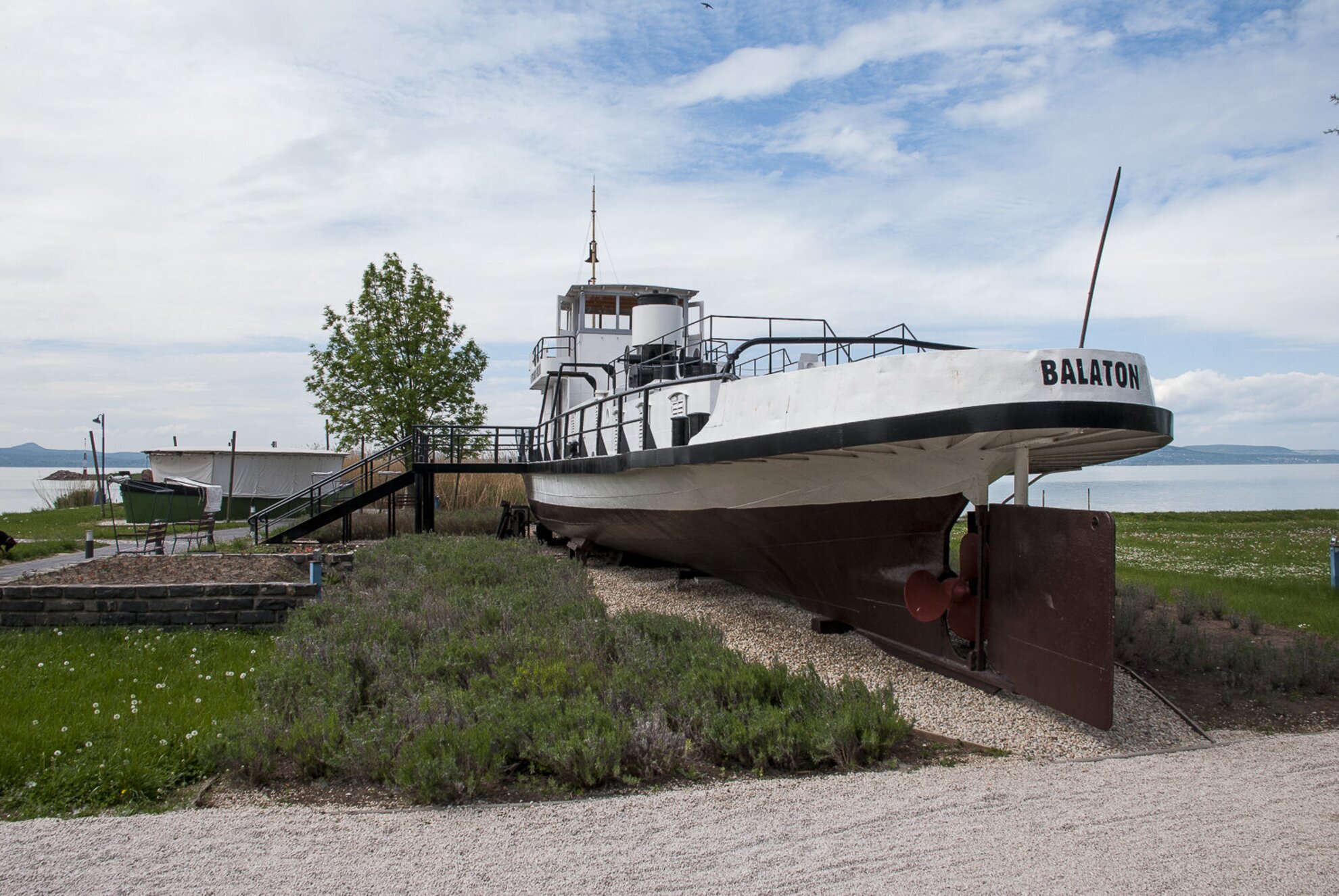
As opposed to Kisfaludy, Csavargőzös (meaning: screw steamer) used a screw propeller mounted in the middle instead of a paddle wheel, hence the name. It served between Boglár and Révfülöp from March 1873. In addition to passengers, Csavargőzös used to transport goods and letters as well. For the latter, the Zala-Somogy Steamboat Company even printed its own stamps in 1875.
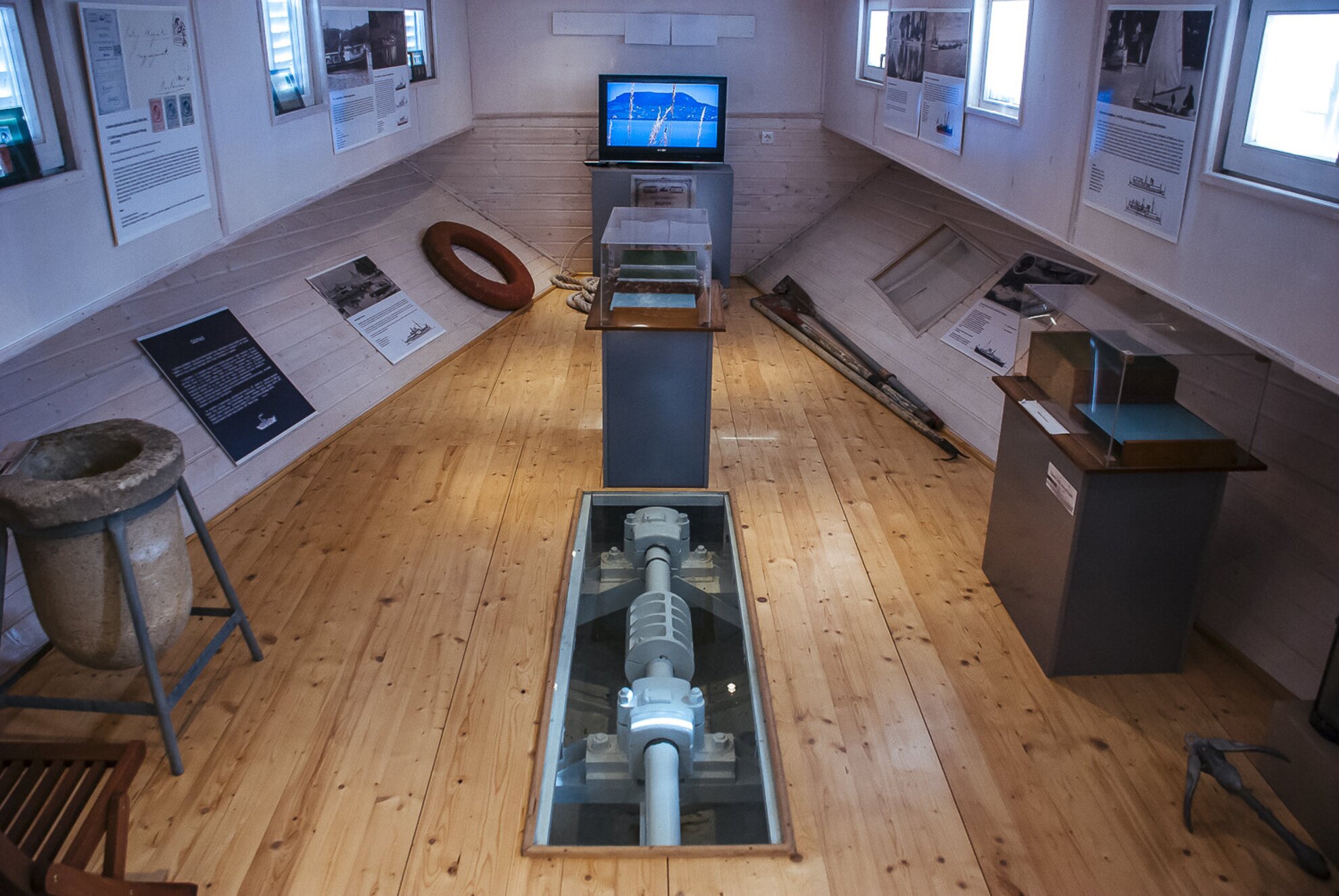
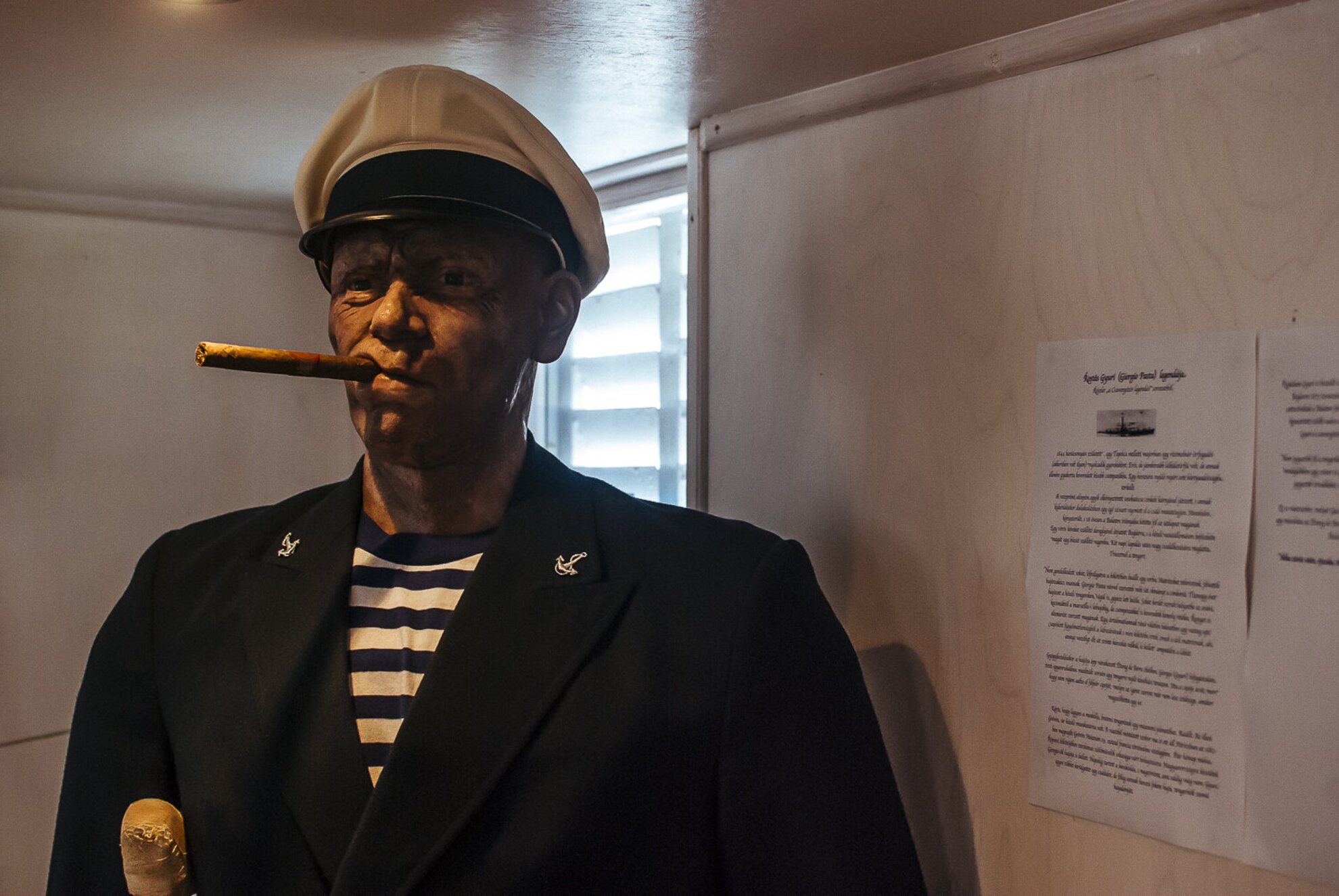
Soon thereafter, the company went bankrupt and the fate of the steamer was sealed. It was auctioned off and taken to the Danube to serve as a tugboat. A boat on the Danube could not be called Balaton, so it was re-christened to IRMA. After numerous facelifts and transformations, it was returned to Lake Balaton in 1981. It has been protected since 2012, hosting an exciting mini exhibition.
Helka and Kelén, the twins
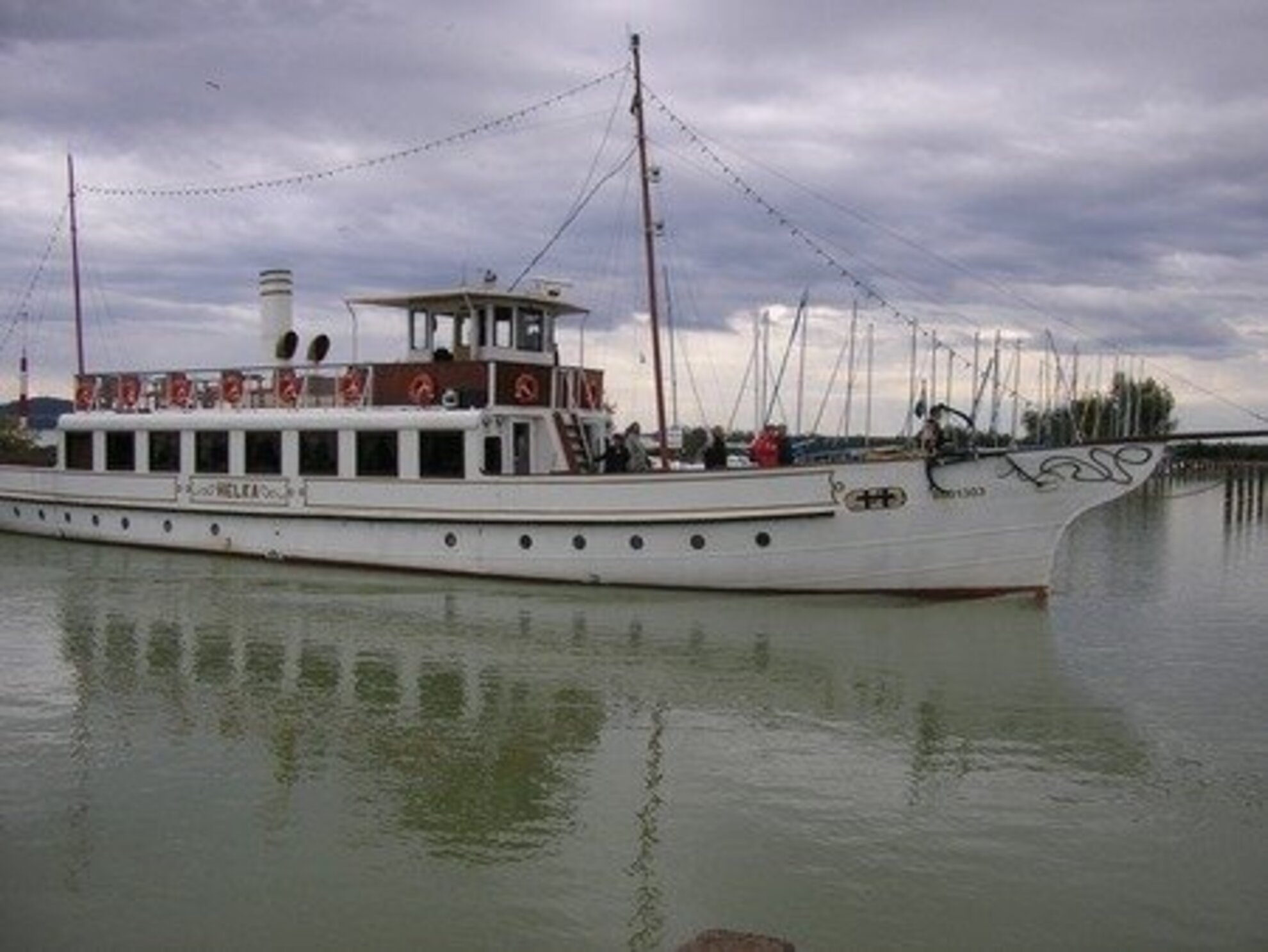
It seems that András Fáy's novel, Sió was a key source for Balaton boat names. In 1891, the Balatontavi Gőzhajózási Rt (Lake Balaton Steambooating Co.) had two identical, screw propeller-driven passenger boats built at the Újpest Dockyards, which were named Helka and Kelén, after the story's lovers.
